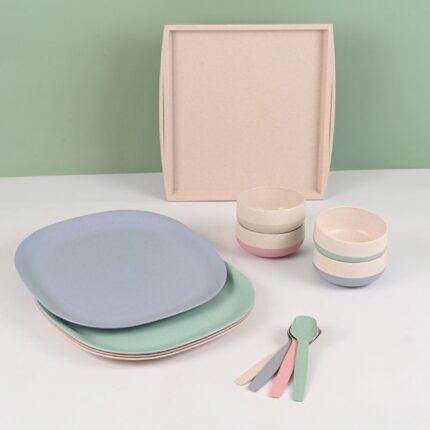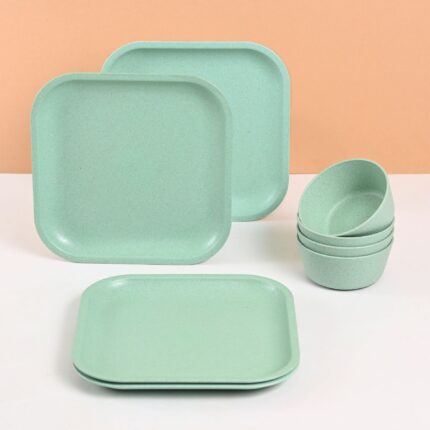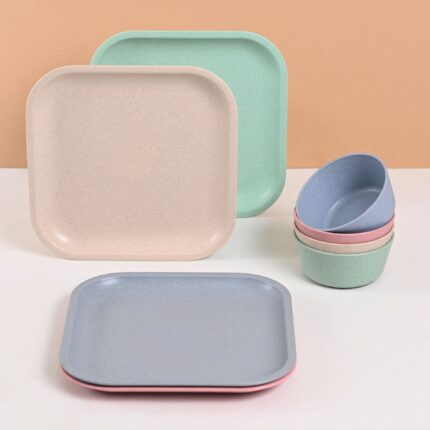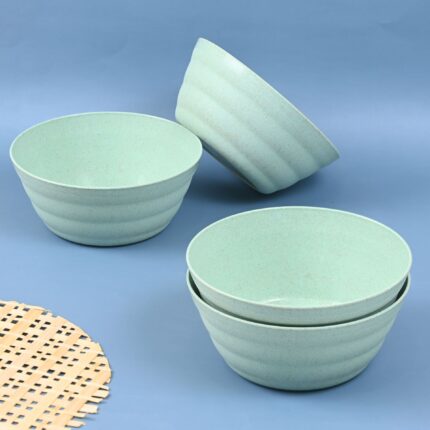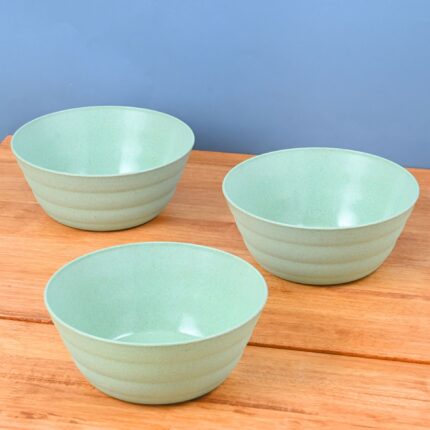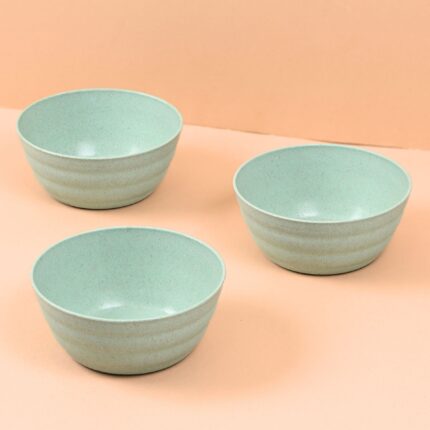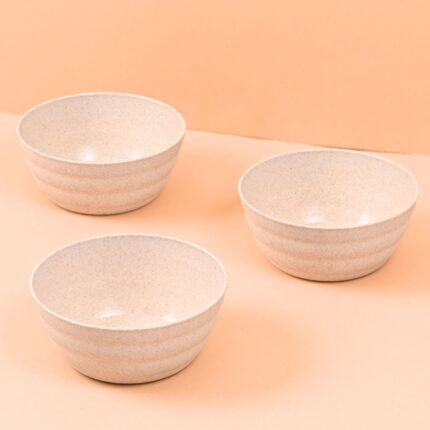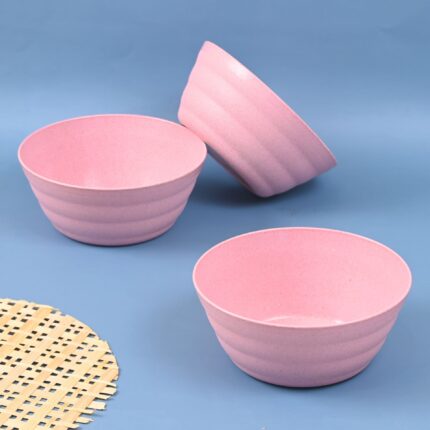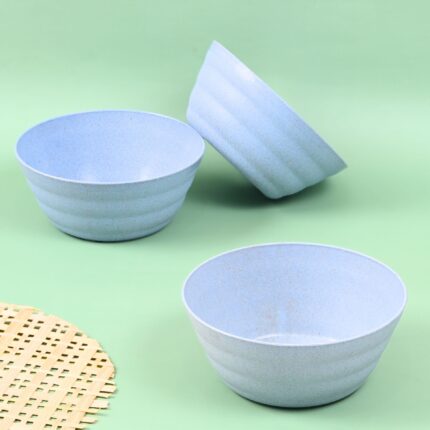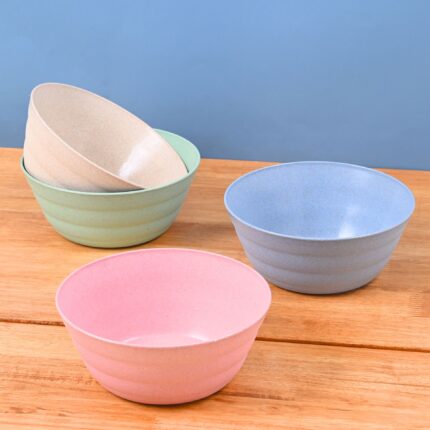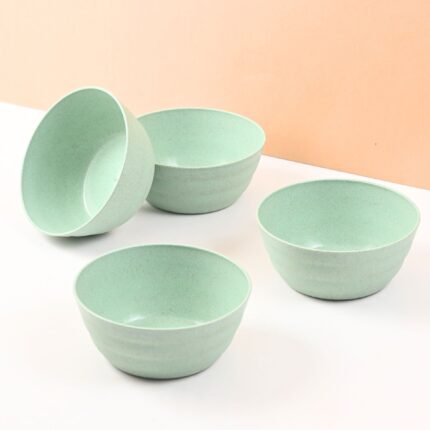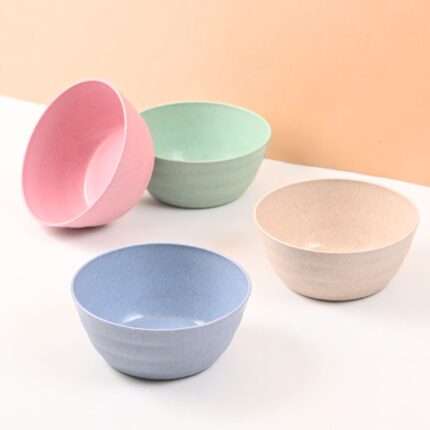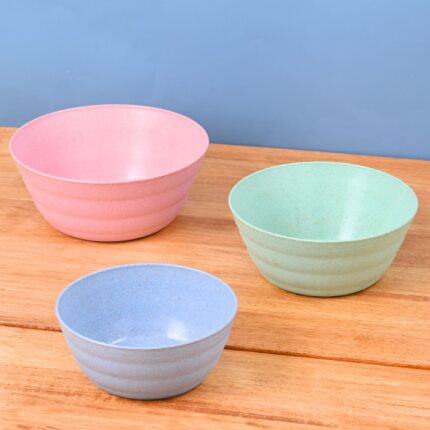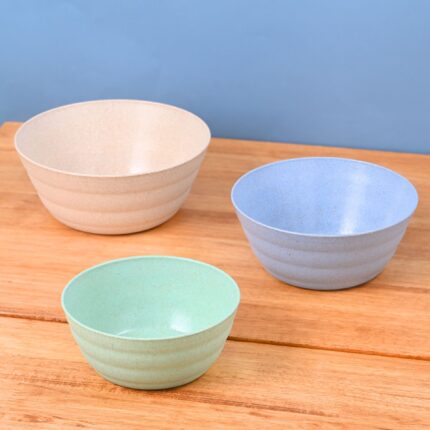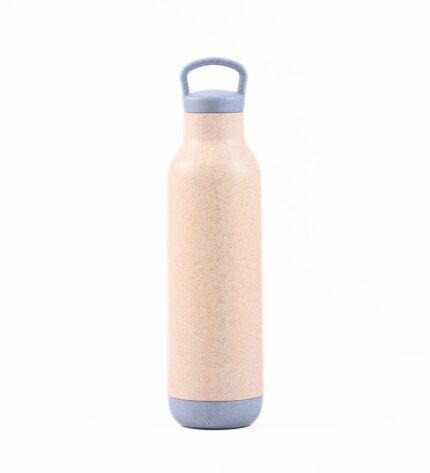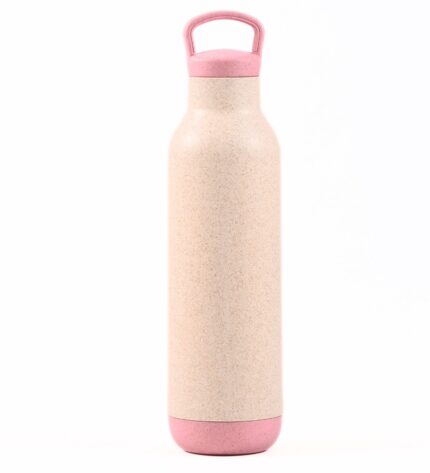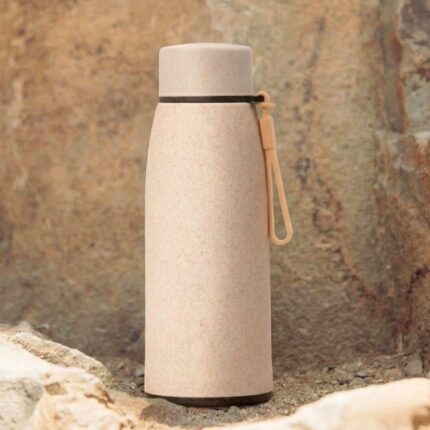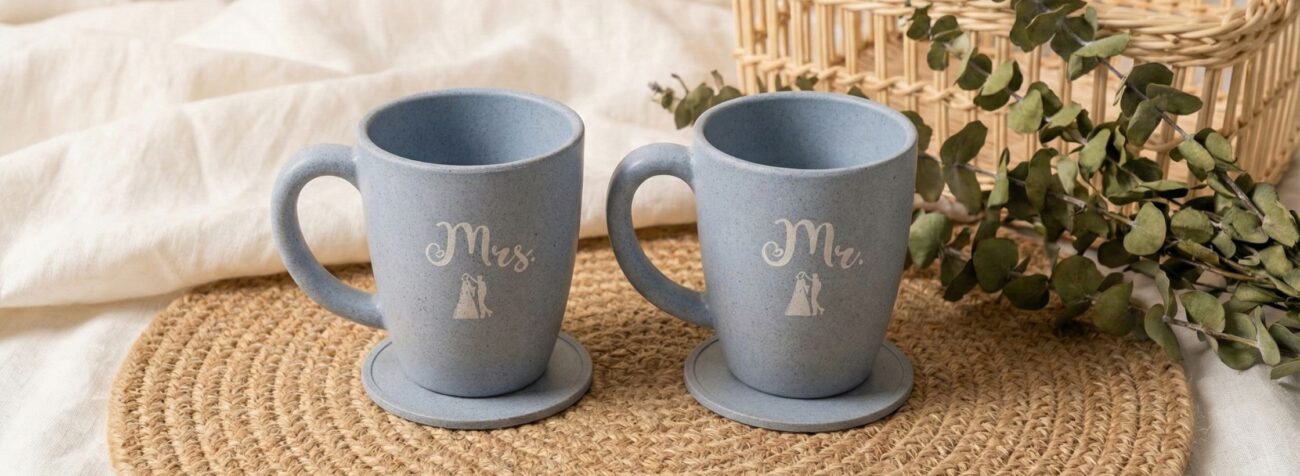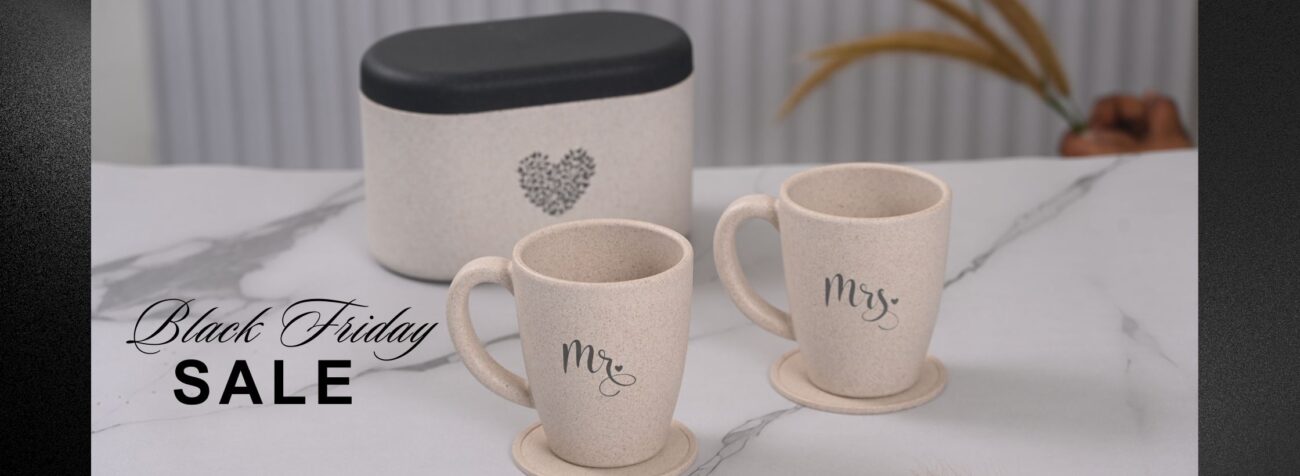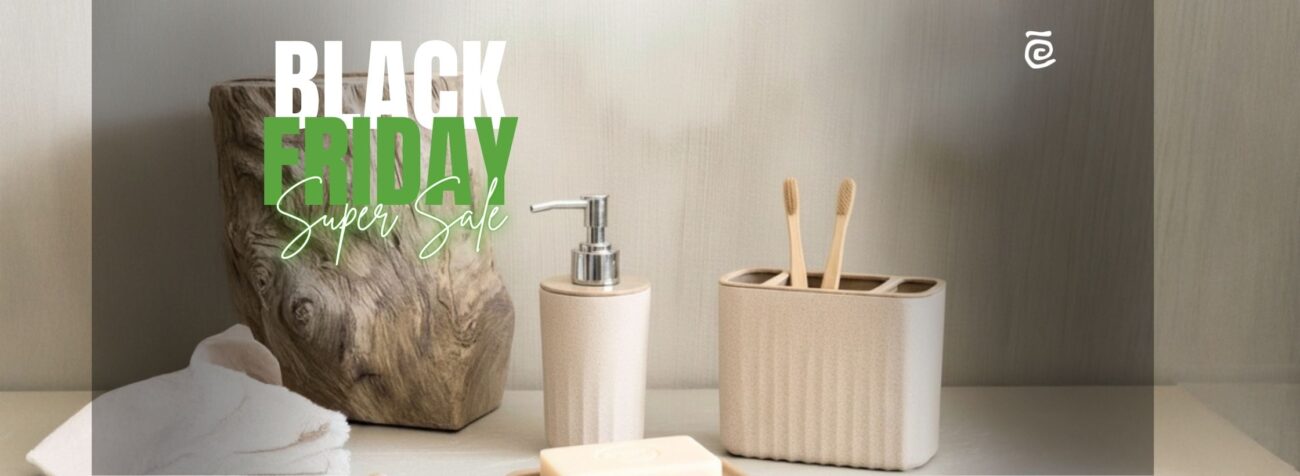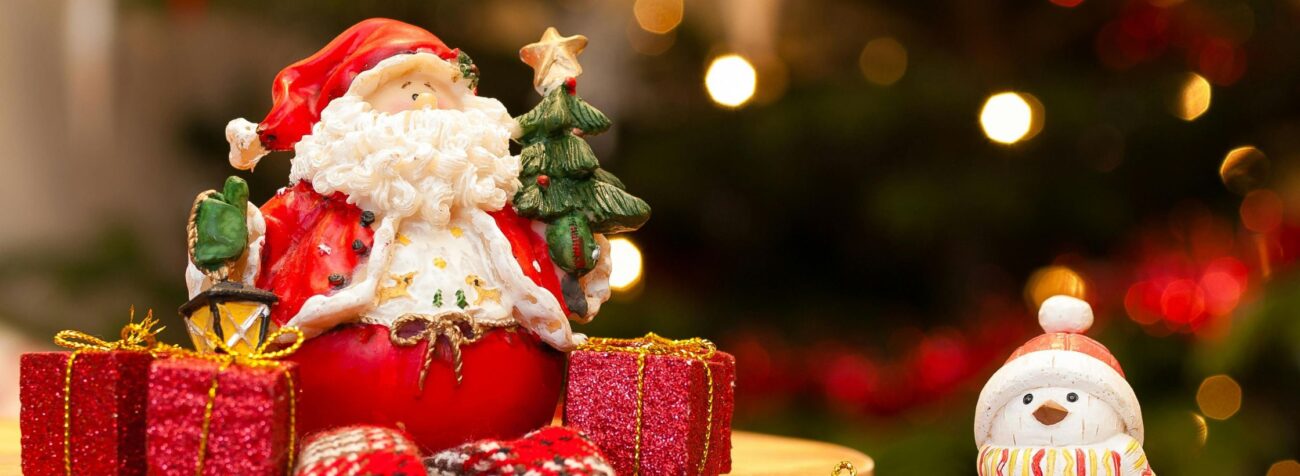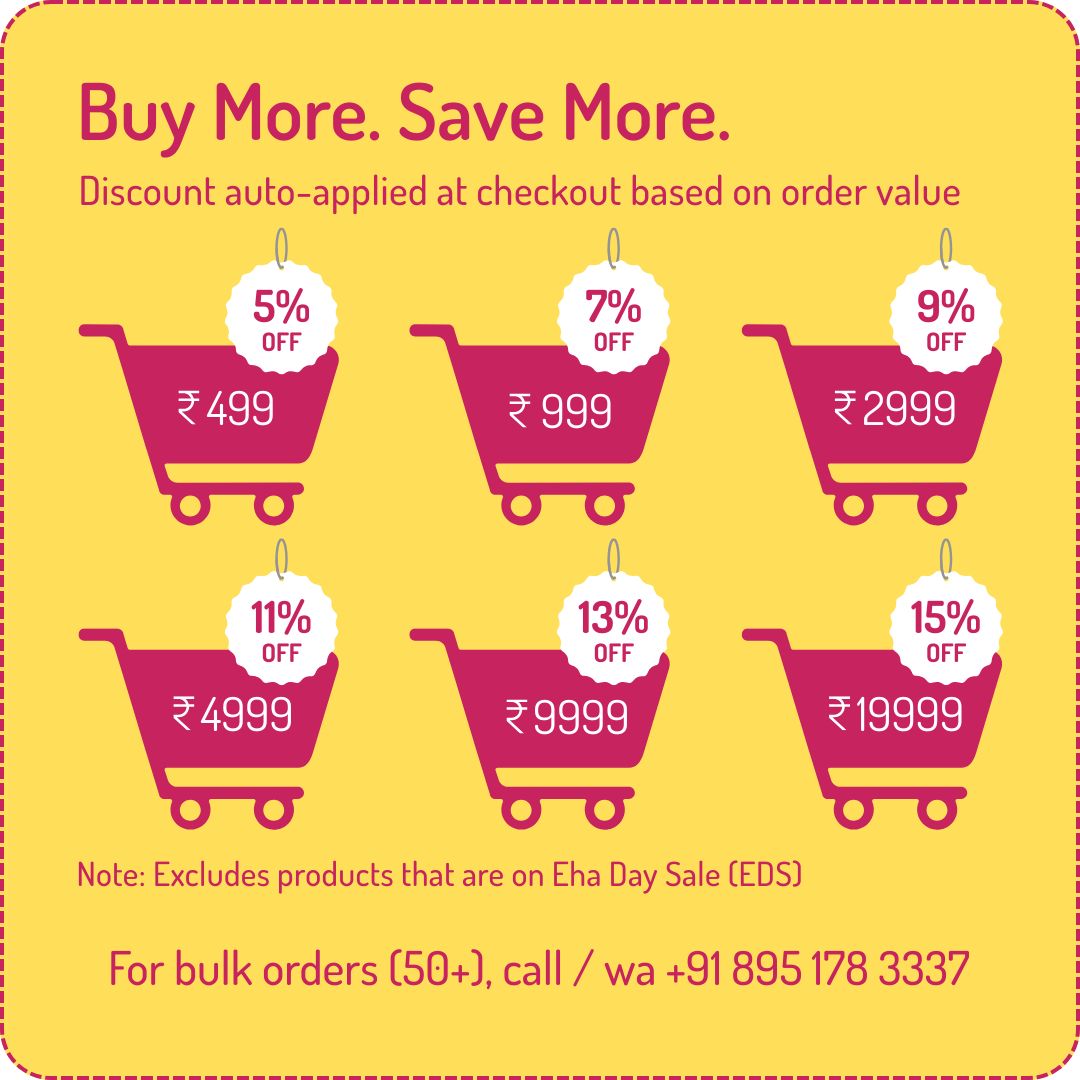India at 78: How Far We’ve Come, How Far We Must Go
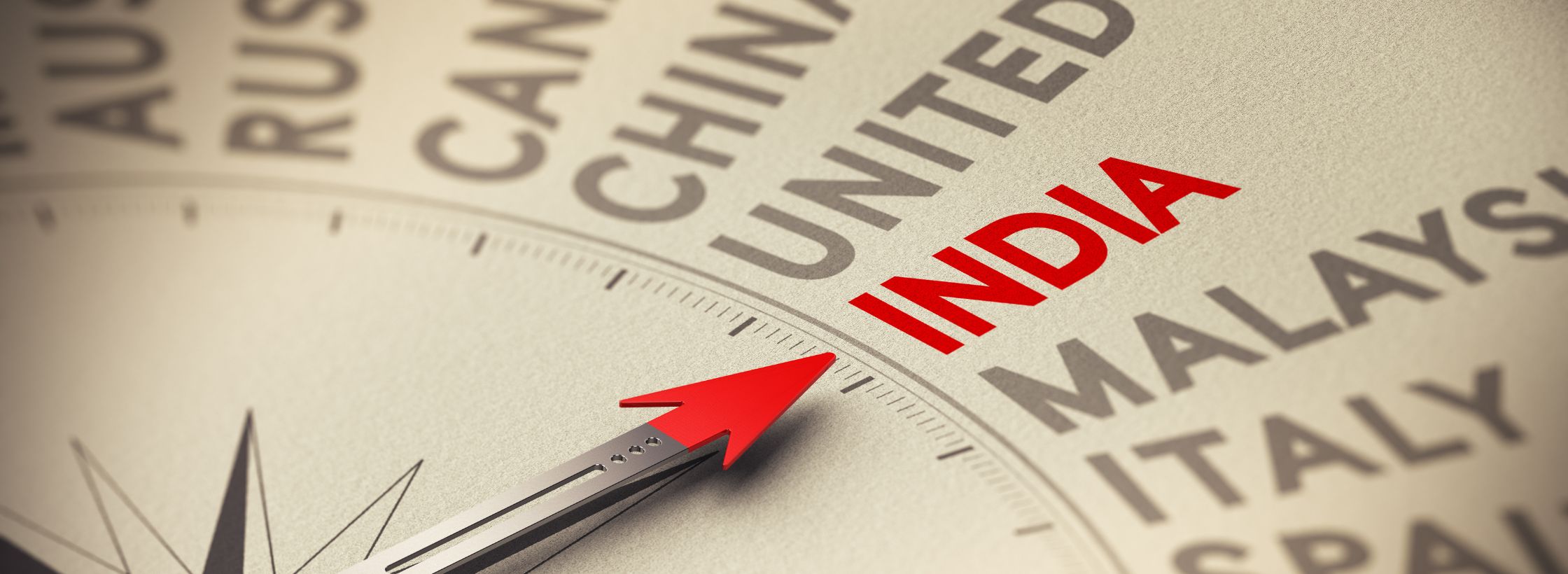
India at 78: How Far We've Come, How Far We Must Go
India, with its rich history and diverse culture, is a nation of immense potential and a vibrant future.
Ever find yourself scrolling through old photos from your parents’ or grandparents’ time? There’s a certain nostalgia, isn’t there? You see the black-and-white images, the simpler times, and you can’t help but wonder: “How did we get from there to here?” As we approach our 78th year of India’s independence day 1947, it’s a question that many of us, whether we’re young professionals navigating the gig economy or seasoned entrepreneurs building a legacy, ask ourselves. The journey has been long, filled with incredible progress and challenges. We’ve gone from a nation yearning for freedom to a global powerhouse. But as we celebrate, it’s also a time to reflect on the distance we still have to cover, and how our daily choices—from what we buy to how we live—can shape the future.
From “Swaraj” to “Atmanirbhar”: A New Independence Day Slogan
The first independence day slogan was all about freedom from colonial rule. Today, that sentiment has evolved. We’re now talking about “Atmanirbhar Bharat”—a self-reliant India. This new slogan isn’t just about big economic policies; it’s about a collective mindset. It’s about empowering ourselves to make choices that support our communities, our economy, and our planet. This is especially true for us as consumers. Every time we choose a product, we are casting a vote for the kind of India we want to live in. For example, opting for tableware made by local artisans instead of mass-produced imports is a small but powerful act of self-reliance. It’s about preserving traditional craftsmanship and ensuring that our cultural heritage thrives. This shift in focus from political freedom to economic and social self-reliance marks a significant milestone in our journey since independence day 1947.
The conversation around self-reliance has also brought sustainability to the forefront. This isn’t just a global trend; it’s a necessity for India. We’re a nation with a rich agricultural history, but we’re also on the front lines of climate change. Our choices in the home and office have a direct impact. Consider your storage solutions. Instead of buying cheap plastic boxes, you could choose beautifully crafted wooden boxes or baskets made from upcycled materials. Not only do they look better, but they also contribute to a circular economy and reduce waste. It’s an easy, tangible way to live up to the spirit of a modern independence day slogan.
A Journey of a Thousand Miles: The Story of India’s Progress
Thinking back to India in 1947, the challenges were immense. We had to build everything from scratch: infrastructure, industry, and a national identity. The last 78 years have been a story of incredible progress. We’ve become a leader in technology, a hub for innovation, and a nation of dreamers. But with this progress comes responsibility. The very systems we’ve built, while powerful, have also created new challenges—from pollution to resource depletion. This is where our current and future journey lies: in finding solutions that are not only economically viable but also environmentally and socially responsible.
This is a journey we can all be a part of, starting right in our own homes. Here are a few ways we can contribute:
Embrace Durability: Move away from a “use and throw” culture. Invest in durable products like high-quality cups and mugs that will last for years. This reduces waste and conserves resources.
Support Fair Trade: When you buy products that are fair-trade certified, you’re ensuring that the people who make them are paid fairly. This empowers communities and fosters a more equitable society, which is a core tenet of our independence.
Upcycle and Reuse: Give old items a new life. An old clay pot can become a beautiful planter, and a worn-out cupboard can be refurbished. Upcycling is a creative way to reduce your carbon footprint.
How Our Choices Create a Better India
The way we celebrate and interact with others is also a part of this journey. Gifting, for instance, can be a powerful statement. When you give a gift, you have the chance to share your values. Giving a set of handcrafted ceramic pots and planters to a friend who loves gardening, for example, is more than just a gift. It’s an encouragement for them to connect with nature and support a green economy. This is what modern independence looks like: not just being free, but using that freedom to build a better world.
It’s about making conscious choices. Choosing a brand that uses biomaterials or has a transparent supply chain isn’t just about buying a product; it’s about making an impact. It’s about contributing to climate action and conserving resources for future generations. For example, supporting initiatives that prevent crop-burning helps clean our air and protects the soil, which are crucial for our collective future.
The Road Ahead: The Future of India
As we look to the future, the road ahead is clear. We must continue to innovate, but with a new sense of purpose—one that is rooted in sustainability and social responsibility. Our history since independence day 1947 has shown us that we are capable of incredible things. We have a powerful legacy, and our future is in our hands. The next independence day slogan will be written not just in the halls of power, but in the small, everyday choices we make.
So, let’s celebrate our freedom by using it wisely. Let’s build a future for India that is not just prosperous, but also sustainable and equitable. The journey of a thousand miles begins with a single step, and for us, that step begins with our choices today. Let’s make them count.
Visit eha’s range of sustainable tableware products to choose, made with biocomposite materials using crop-waste such as rice husk, bamboo fibers and coffee husk.
If you are looking at developing new range of earth friendly gifting speak to experts at Mynusco.







